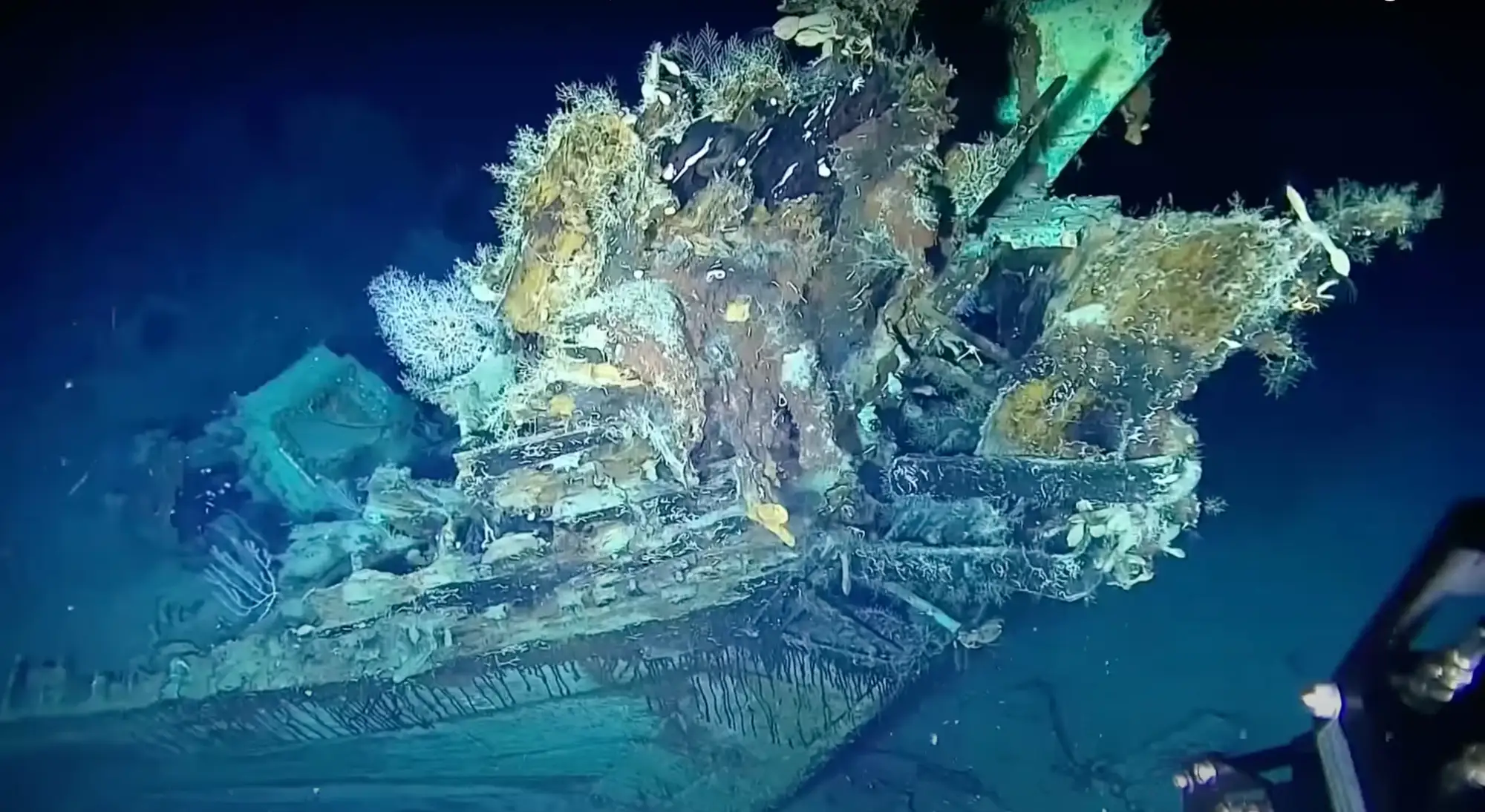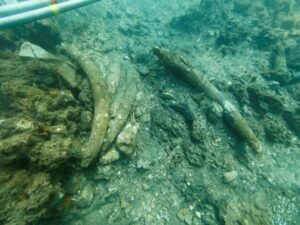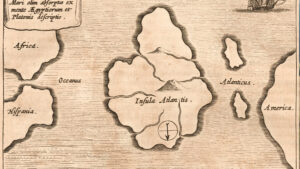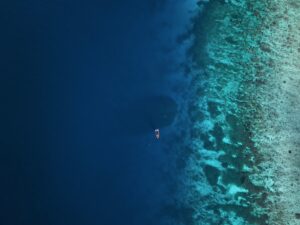There might not exist a more highly coveted shipwreck than the San Jose, a Spanish galleon that went down in a skirmish in 1708. Its onboard treasures are worth an estimated $17 billion in today’s dollars.
The 64-gun, three-masted ship rested on the floor of the Caribbean sea near Cartagena, Colombia for over two centuries. Ever since the Colombian government found her in 2015, claims to the silver, gold, and emeralds on board have proliferated. Colombia, Spain, Bolivian indigenous groups, and even a U.S. salvage company have all claimed rights to the treasure.
Now at last, recovery of the San Jose may begin as soon as next month. Colombian authorities said the wreck will “be brought above water” before President Gustavo Petro ends his term of office in 2026, The Independent reported.
Though Colombian officials first suggested parting out the treasure at auction to fund the recovery, UNESCO and the country’s high courts stepped in to sequester the loot.
Sunken loot or cultural treasure?
“There has been this persistent view of the galleon as a treasure trove. We want to turn the page on that,” Alhena Caicedo, director of the Colombian Institute of Anthropology and History, told The Guardian. “We aren’t thinking about treasure. We’re thinking about how to access the historical and archaeological information at the site.”
Historians think the wreck could contain extensive insights into the world at the height of the Spanish Empire. When a British fleet sank the San Jose in battle off Barú Island, she was carrying treasure back to Spain to fund the country’s war of succession.
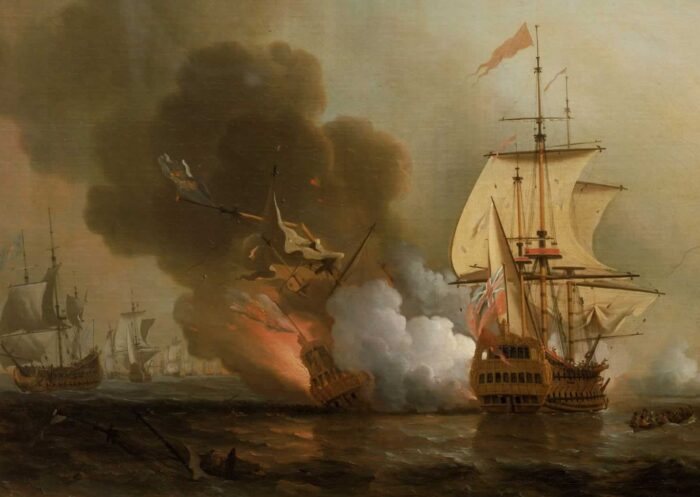
‘Wager’s Action off Cartagena, May 28, 1708,’ by Samuel Scott. The San Jose, carrying the bulk of the Spanish treasure, was destroyed by the explosion of the Santa Barbara. Image: Wiki Commons
Caicedo’s objective goes beyond hauling up the loot. The mission is to exhume the entire ship and put it on display in a custom-built museum.
Notwithstanding the massive puzzle of locating shipwrecks, recovering them is even harder. The most famous example of a recovered ship similar to the San Jose could be the Mary Rose — the flagship of King Henry VIII’s fleet. The ship sank in battle near Portsmouth, England in 1545. In 1981, a delicate effort succeeded in recovering part of her hull, which is now a display in its own $45 million museum.
View this post on Instagram
Deep water
But the San Jose is in warmer and much deeper water than the Mary Rose was, which could significantly complicate the recovery. The Spanish ship lies under 600 meters of water — so deep that the Colombian government is developing special submersibles to explore it.
If the recovery mission succeeds, it will close a contentious chapter in the ship’s history. Colombia has kept the San Jose’s location secret, but that hasn’t prevented vigorous legal jockeying and controversy over who it belongs to.
“Money has always driven the story of the San Jose,” said Ann Coats, associate professor in maritime heritage at the University of Portsmouth. “The British wanted to capture it to deny money to Spain, then the money onboard drove the archaeological search for the wreck. Then disputes got in the way of studying the ship. It would be nice if for once, money wasn’t driving things and a huge cultural collaboration could take place to study it properly.”
